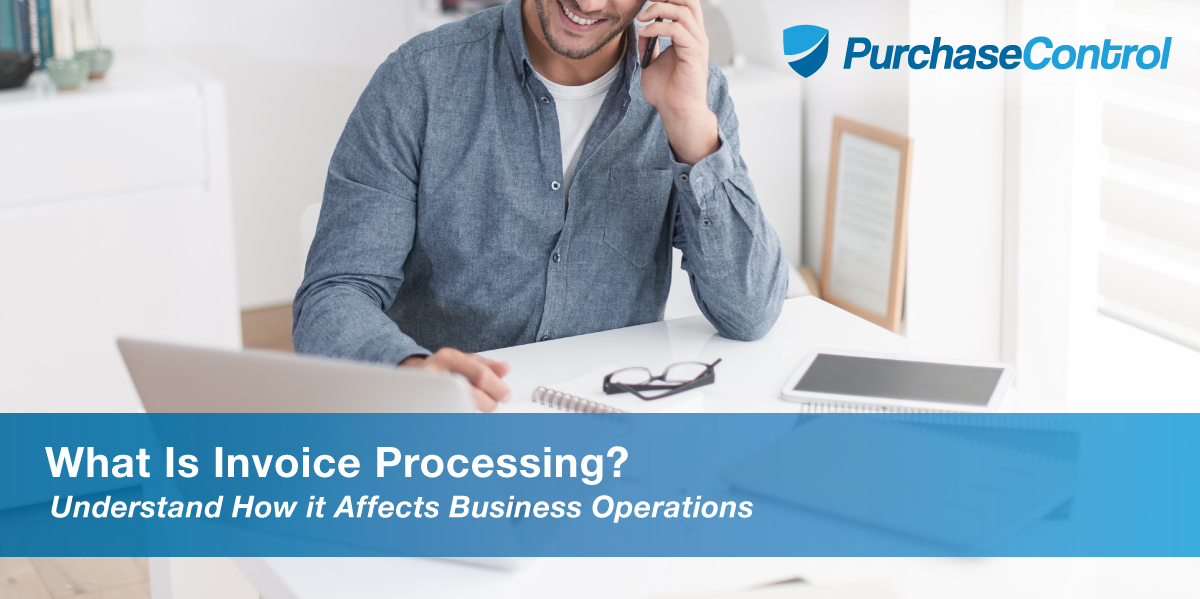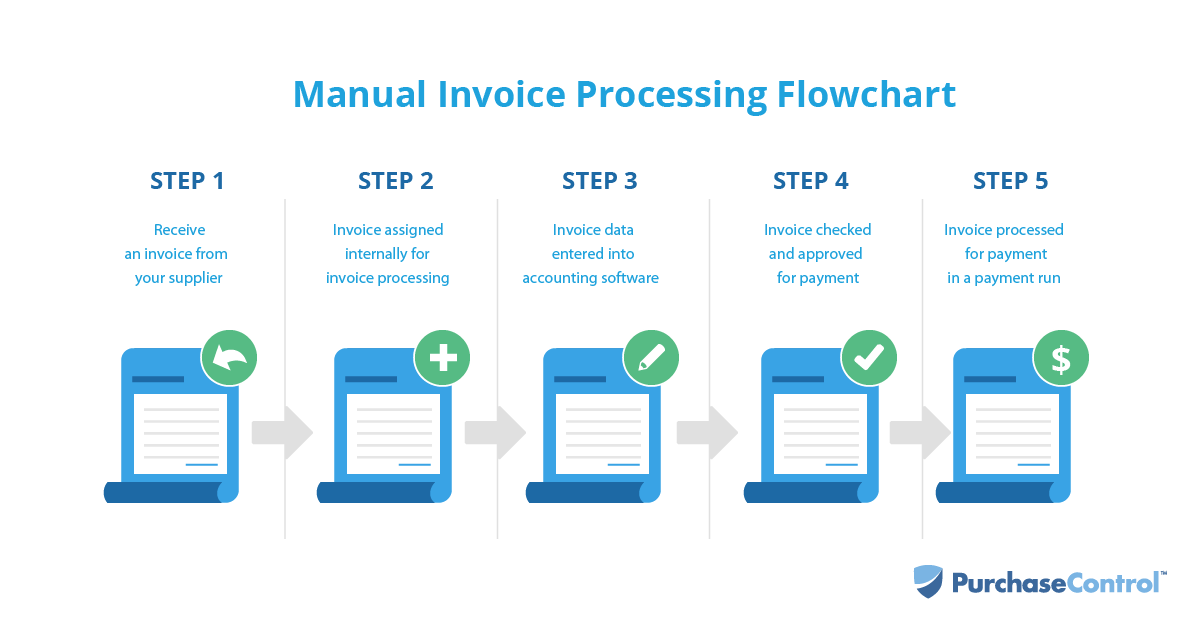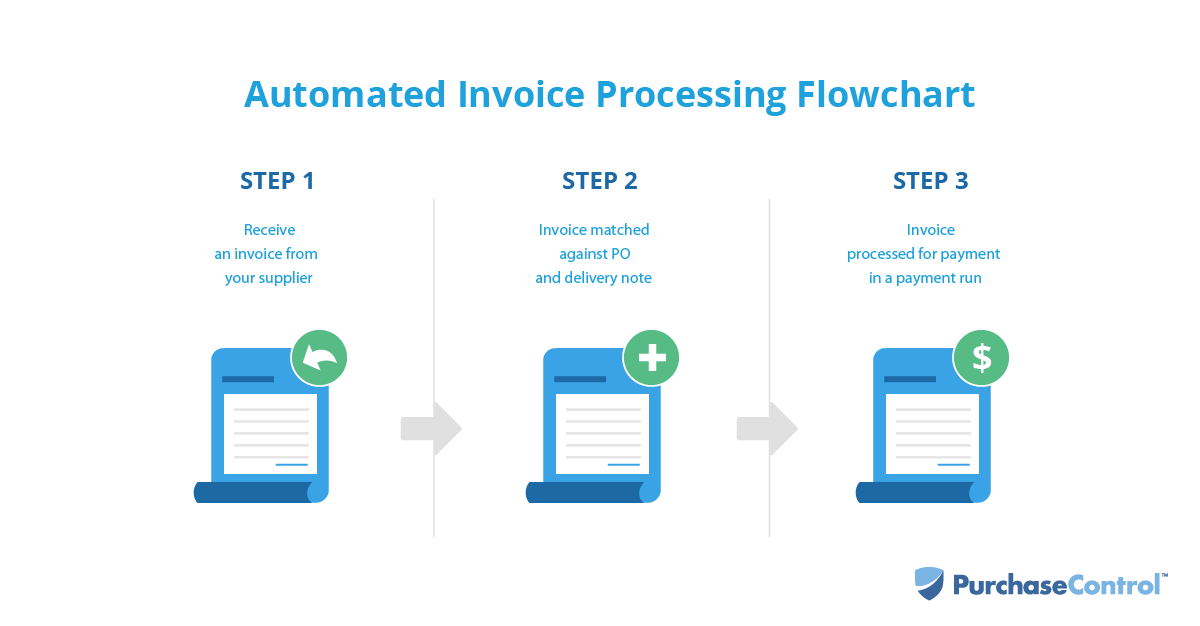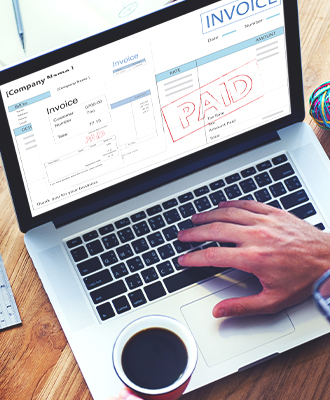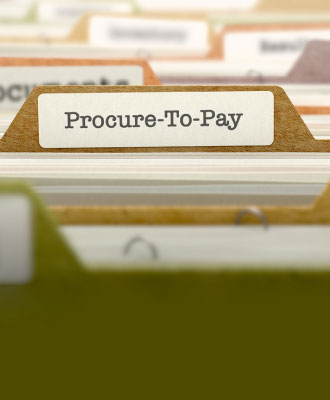Business owners often worry about their ability to manage cash flow. If your working capital is low, it doesn’t necessarily matter how much money is due to come your way. If you don’t have the funds to continue to order supplies from your vendors, then you face the possibility of halting production, which will create a cash flow issue in the future when you don’t have invoices to send out to customers.
Sure, you can work with vendors to extend payment terms to buy yourself more time, but the only true way to make sure you have a steady cash flow is to make sure vendor invoices are paid strategically, without misplacing any of them or allowing them to go past the due date.
As humans, we’re all prone to make mistakes from time to time. Using a manual invoice process to address all of your invoices leads to the potential for issues, even if you have the most responsible and highly detail-oriented finance staff. That’s why your method for processing invoices in accounts payable can make or break your business.
What Is Invoice Processing?
Invoice processing is the entire process your company’s accounts payable team uses to handle supplier invoices. It starts when you receive an invoice and finishes when payment has been made and recorded in the general ledger.
You can receive paper invoices, PDF, or other electronic means. The invoice must either be scanned or manually entered into your ERP system or accounting software. From there, the invoice amounts must be coded for the correct accounts, cost centers or projects. Then, the invoice has to be sent to the responsible person or budget owner for review and approval. The multi-step approval workflows take time but can be automated for faster and more efficient processing.
Reasons to Automate Your Invoice Processing Procedure
Reduce or Eliminate Human Error
With today’s available technology, there’s no reason to be relying on email and spreadsheets to handle your invoicing needs. This method works, of course, but also relies on manual data entry in the general ledger, which always has the potential for human error regardless of how well your AP department is trained.
Procure-to-Pay software automates the process so you don’t have to spend time manually organizing all the incoming invoices. This process is called AP Automation. When an invoice comes in, it can be stored as an attachment or scanned image in the central database. Then, it can be searched and matched with the right purchase order in seconds.
Save Money by Avoiding Late Fees
No matter the size of your business or how long you’ve been operating, at some point or another an invoice will be misplaced or forgotten as a result of human error. Vendors will often charge late fees as a result of the missed payment, which costs you more money in the long run. If the missed invoice is a large sum of money and the late fee is a percentage of the invoice amount rather than a flat fee, that’s a potentially damaging hit to your cash flow.
Automating your invoice processing procedure eliminates the risk of missing invoices due to human error, enabling you to pay all your invoices by the payment date. Not only do you save money by no longer running into late fees on vendor payments, but you also maintain an excellent standing with all your suppliers. This may improve your credit with them in the form of additional funds or better payment terms.
Similarly, your suppliers may offer early payment discounts. To avail of these better invoice management with a streamlined invoice processing flow is a must.
Cut Down on Unnecessary Costs
Manual invoicing processes means paying man-hours and other resources for each of those invoices. Depending on what you pay employees and how long they spend on the process, you could lose anywhere from $8 to $60 on each invoice. The cost of processing invoices come from labor, storage, manually routing the invoices, and misfiling. If your employee cannot locate documents to support a particular invoice, the cost may also increase.
With the right invoice processing software, you can minimize manual AP process work by up to 20x, allowing your team to focus on their other job functions and saving you money.
Integrate Invoice Processing with Your ERP
If you’re not already using ERP to streamline all your business processes into a single database, you can dramatically improve efficiency and productivity by adding invoice processing to the list of modules your business needs to include in their ERP implementation.
If you are using an accounting software, a standalone Procure-to-Pay solution can manage your procurement and invoice processing needs efficiently.
If you are already using an ERP system to manage most of your business operations, the best options for automating the processing of invoices will seamlessly integrate with your accounting system or ERP.
“Though ERP implementation requires strategic planning, the longer you avoid using one to run your business, the more money you could be losing.”
Protect Your Business with Better Fraud Prevention
Invoice fraud is among the most common types of business fraud. It happens so much that even enterprise tech giants like Google and Facebook fall victim to it, too. In their case, they lost more than $100 million, paying fake invoices over two years. While the companies were strong enough to take those losses and stay afloat at the time, that’s not the case for many small and medium-size businesses.
Invoice fraud occurs in multiple ways. Sometimes, it’s a fake invoice sent with a fake business name and email address. It may be suppliers sending duplicate invoices, so you pay twice what you actually owe. Spotting this manually may not happen for months, or even years, and that’s what the fraudsters are counting on.
Invoice processing solutions flag suspicious activity like this, so you can catch it before approving and paying the invoice.
Reporting Made Easy
Reporting is a necessary part of business operations, and if you don’t have the right systems in place, you spend lots of money in man-hours while your team manually collects all the information they need to produce accurate reports. This means spending hours coming through supplier invoice data, invoice numbers, order receipts to make sure you received the items on the invoice and so on.
With the right invoice processing procedures in place, all the necessary information is stored in a central database and organized in such a way that reports can be automatically generated in a few clicks, in less than a few minutes. The finance department can then rest assured their cash flow is accurate, and any cash flow projections are based on the latest information available.
The right invoice processing method has the potential to make a massive difference in your business. Not only should you see enhanced operations because accounting doesn’t have to manually chase invoices to approve and pay them, but you’ll also see more profit in your pocket since everything is automated and costs go down.
Our solution can simplify your invoice processing efforts with three-way matching so you know you're only paying for goods you've ordered and received.
Find Out How

